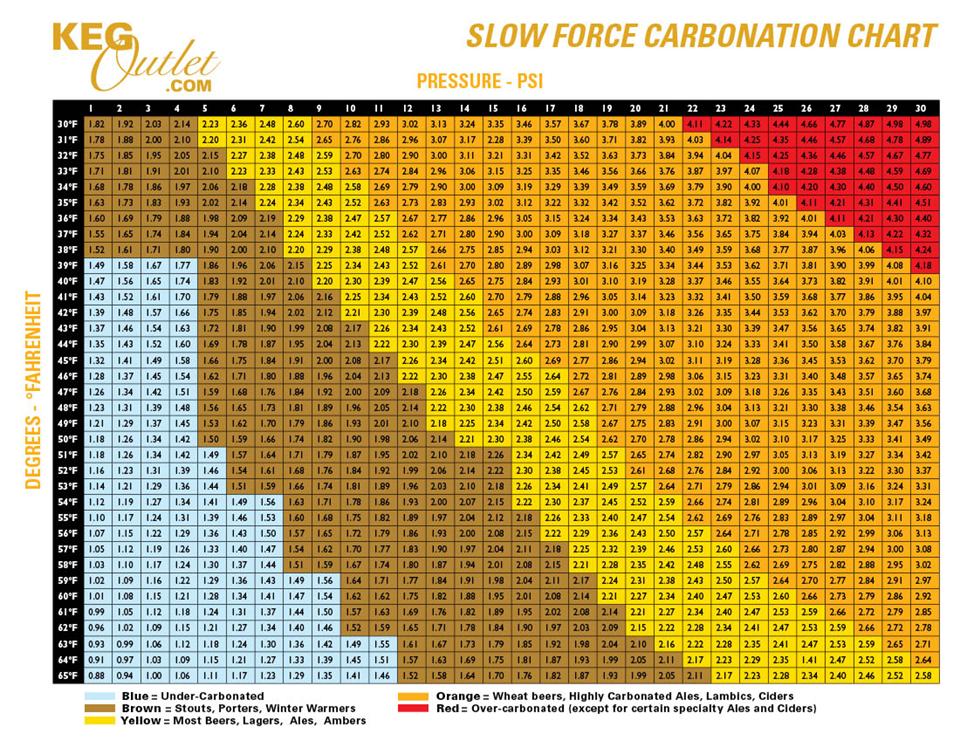RePete
Well-Known Member
This is all interesting. It is making me reevaluate my plans to buy a Kegmenter. They say that you can ferment under pressure in the Kegmenter, and then just serve from there without transferring to another keg...using a tube attached to a floating ball. Has anyone tried it here? I do question whether leaving the beer sit on the yeast is a good idea. Might work if you drink it right away.
As some of you, I had the idea that carbonation was in the primary fermentation vessel. If it is done after transferring to the serving keg, this means it may be more practical to go in another direction. Pressurized transfer was one of the draws too. But if transferring with gravity works as well? Currently I am carbonating in glass carboys. The auto siphon works, but I think I want to get something with a valve. Then can finish fermentation to carbonate in a corny keg.
As some of you, I had the idea that carbonation was in the primary fermentation vessel. If it is done after transferring to the serving keg, this means it may be more practical to go in another direction. Pressurized transfer was one of the draws too. But if transferring with gravity works as well? Currently I am carbonating in glass carboys. The auto siphon works, but I think I want to get something with a valve. Then can finish fermentation to carbonate in a corny keg.















![Craft A Brew - Safale BE-256 Yeast - Fermentis - Belgian Ale Dry Yeast - For Belgian & Strong Ales - Ingredients for Home Brewing - Beer Making Supplies - [3 Pack]](https://m.media-amazon.com/images/I/51bcKEwQmWL._SL500_.jpg)










































